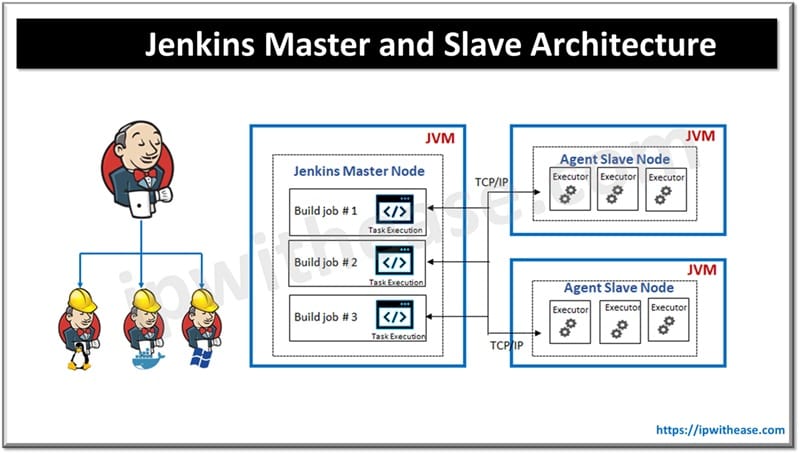WordPress has emerged as the go-to platform for building stunning websites quickly and easily. With its wide range of customization options and a vast library of plugins and themes, WordPress provides the flexibility and functionality needed to bring any website vision to life. One of the key elements in WordPress website development is the use of a theme builder, which allows developers to create and customize websites without the need for extensive coding knowledge.
In this article, we will explore the best practices for developing with a WordPress theme builder, ensuring that you can make the most out of this powerful tool.
Best Practices for Developing with a WordPress Theme Builder
Choosing the Right WordPress Theme Builder
When it comes to selecting a WordPress theme builder, there are numerous options available on the market. Some of the most popular ones include Brizy, Elementor, Divi, Beaver Builder, and Oxygen Builder. Each theme builder comes with its unique features, advantages, and disadvantages.
For instance, Elementor offers an extensive library of pre-designed templates, while Brizy is known for its intuitive drag-and-drop interface and a plethora of stunning templates to choose from. Before making a choice, it’s essential to define your website’s goals and requirements clearly. Consider factors such as ease of use, customization options, pricing, and compatibility with other WordPress plugins. By selecting the right theme builder, you can save time, reduce development costs, and create a website that meets your specific needs.
Planning Your Design and Functionality
Before diving into the development process, it is crucial to plan your website’s design and functionality. This planning phase helps in ensuring a smooth and efficient development process. Creating a wireframe or a prototype of your site’s design can be immensely helpful in visualizing how the final website will look and function. Tools like pen and paper, whiteboards, or digital tools like Figma or Sketch can be used for this purpose.
Start by sketching out the basic layout of your site, including the header, footer, and primary content areas. As you progress, add more details such as navigation menus, images, and text. Consider how users will interact with your site and the specific features and functionality required to meet your site’s goals. Whether it’s an e-commerce site needing robust WooCommerce integration or a blog requiring a commenting system and social sharing buttons, careful planning ensures that your website fulfills its purpose effectively.
Customizing Your WordPress Theme Builder
Once you have selected a suitable WordPress theme builder and planned your design and functionality, it’s time to customize the theme builder to meet your specific requirements. Customization enables you to tailor the theme builder to your project’s unique needs, streamlining the development process. Begin by reviewing the documentation provided by the theme builder to familiarize yourself with its features and options. Identify the specific features and functionality you require for your site and explore how they can be achieved using the theme builder.
Whether it’s modifying the site’s header, changing the font or color scheme, or adding custom widgets to the sidebar, most theme builders offer a visual interface that allows you to see the changes in real-time. It’s crucial to keep your code organized and readable during the customization process, making it easier to maintain the site over time and prevent errors and bugs. Utilize comments to describe the purpose of each block of code, break your code into modular components, and consider using version control systems to track changes.
Keeping Your Code Organized
Maintaining organized code is essential for a smooth and efficient WordPress website development process. Well-organized code is easier to read, understand, maintain, and troubleshoot, reducing the risk of errors and bugs. To keep your code organized, it is recommended to use descriptive comments that explain the purpose of each block of code. Comments not only help you understand the code better but also aid other developers who might work on the project in the future.
Another best practice is to break your code into modular components. By doing this, you can isolate specific functionalities and easily test and troubleshoot them individually. Implementing version control systems like Git can also be beneficial, enabling you to track changes, collaborate with other developers, and revert to previous versions if needed.
Moreover, regularly testing your code using linters and unit testing frameworks can help catch errors and bugs early in the development process, saving time and effort in the long run.
Thoroughly Testing Your Site
Before launching your WordPress website, thorough testing is vital to ensure a smooth user experience and optimal performance. Testing should encompass various aspects of your site, including functionality, performance, and accessibility. Start by checking basic functionalities such as links, navigation menus, form submissions, and interactive elements.
Ensure that all features work as intended across different devices and web browsers. Speed and load testing tools can help identify any performance bottlenecks and optimize your site for faster loading times. It is also crucial to test your website’s accessibility by ensuring compliance with Web Content Accessibility Guidelines (WCAG) 2.1.
Accessibility testing tools can evaluate your site’s adherence to these guidelines, ensuring that people with disabilities can access and navigate your website effectively.
Conclusion
WordPress theme builders have revolutionized website development by offering users the ability to create professional-looking websites without extensive coding knowledge. By following these best practices, you can make the most out of your WordPress theme builder and develop high-quality websites that meet your goals and user expectations.
Choosing the right theme builder, planning your design and functionality, customizing the builder, keeping your code organized, and thorough testing are key steps in achieving success. Remember, the journey of developing a WordPress website is a continuous learning process, so keep experimenting, exploring, and refining your skills. Happy developing!
Continue Reading:
Which is Better: WooCommerce or Magento
Top 5 Software Development Practices to Follow
ABOUT THE AUTHOR
IPwithease is aimed at sharing knowledge across varied domains like Network, Security, Virtualization, Software, Wireless, etc.



